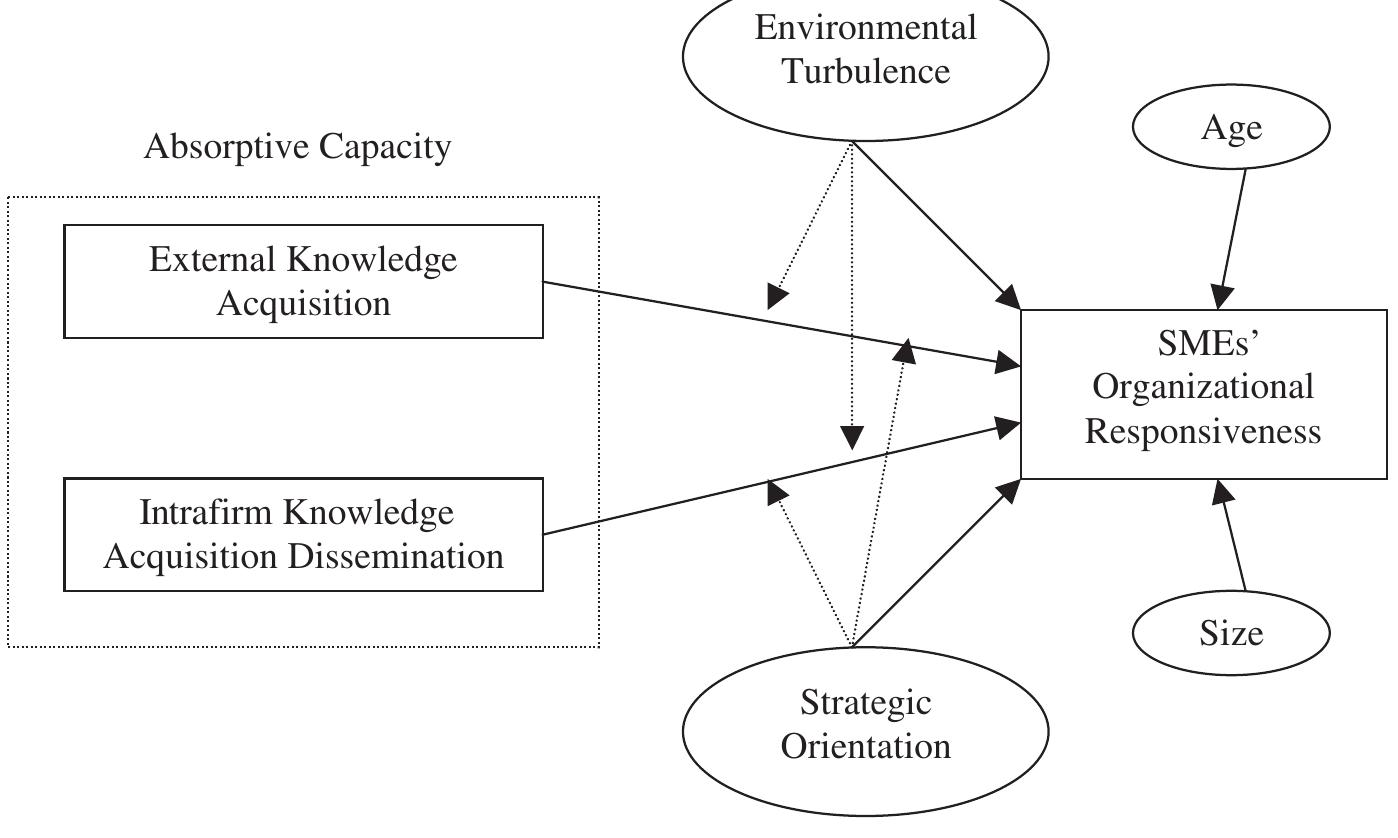Key research themes
1. How do individual and social integration mechanisms influence organizational absorptive capacity in SMEs?
This research area focuses on unpacking the micro-foundations of absorptive capacity (ACAP) within small and medium-sized enterprises (SMEs), emphasizing the role of individual absorptive capacity and social integration mechanisms in shaping organizational-level knowledge absorption and innovation capabilities. Understanding these foundational processes matters because SMEs face unique challenges in acquiring and leveraging external knowledge to sustain competitive advantages and innovate effectively. This theme is critical as it integrates cognitive learning perspectives with social dynamics to explain how organizational routines for knowledge absorption are developed and executed.
2. What is the impact of absorptive capacity dimensions on innovation performance across different industries and contexts?
This theme investigates how the distinct dimensions of absorptive capacity (acquisition, assimilation, transformation, and exploitation) correlate with various facets of innovation—product, process, administrative, technological—and how these relationships manifest in different sectors including manufacturing, services, tourism, and green innovation. It is important because innovation is a primary driver of competitive advantage and economic growth, and absorptive capacity is a key dynamic capability enabling firms to leverage external knowledge for innovation outputs. Exploring this theme provides concrete evidence on the mechanisms through which firms convert knowledge into innovation, accounting for contextual moderators and organizational variables.
3. How does absorptive capacity mediate the relationship between digital capacity, IT governance, and innovation outcomes in organizational contexts?
This theme explores the mediating role of absorptive capacity as a dynamic capability that enables organizations to effectively leverage digital technologies and IT governance mechanisms toward enhanced innovation and digital transformation performance. It matters because as enterprises increasingly adopt digital technologies (Industry 4.0, IoT, AI), understanding the internal capabilities that transform digital investment into innovation and competitive advantage becomes critical. This line of investigation informs both theory and practice regarding how organizations must develop absorptive capacity to benefit fully from digitization efforts.






































































